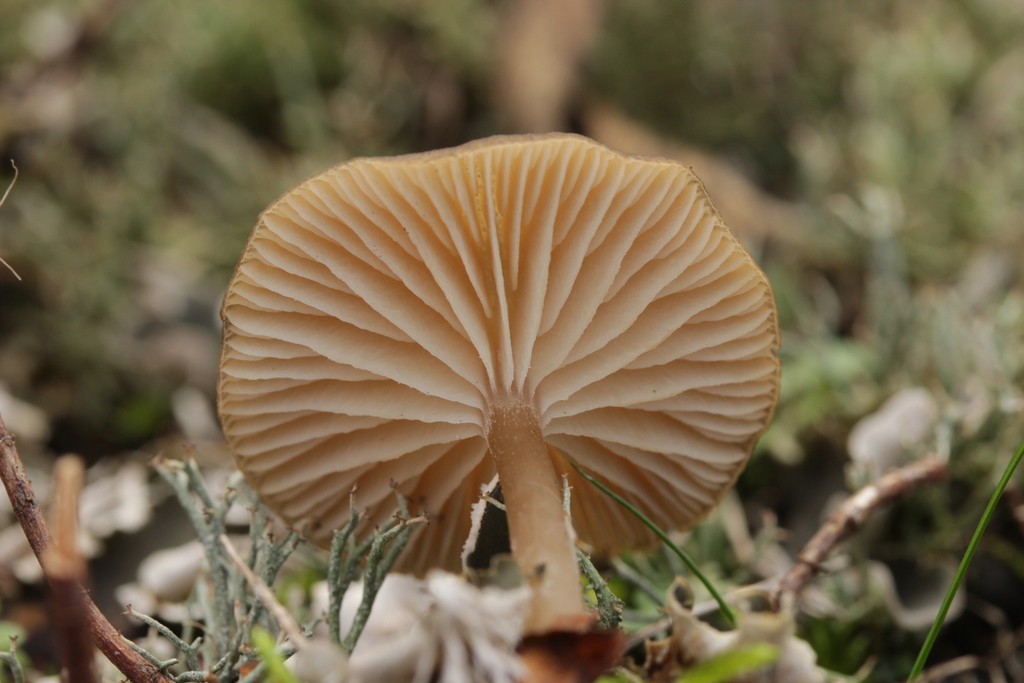Gamundia
Scientific name: Gamundia
Gamundia
Scientific name: Gamundia
 Photo By bjoerns , used under CC-BY-SA-4.0 /Cropped and compressed from original
Photo By bjoerns , used under CC-BY-SA-4.0 /Cropped and compressed from original Description
Gamundia produce small, often brown colored mushrooms that are mostly found in temperate forests. They have a unique ecological role, helping to decompose leaf litter and enrich the soil. Some species within this group can form symbiotic relationships with trees, aiding in nutrient exchange. These fungi are usually characterized by their gilled mushrooms and can be quite varied in appearance, making them an intriguing subject for amateur and professional mycologists alike.
Species of Gamundia
Scientific Classification
Phylum
Club fungi Class
Mushroom-forming fungi Order
Gilled fungi Family
Pale-spore mushrooms Genus
Gamundia